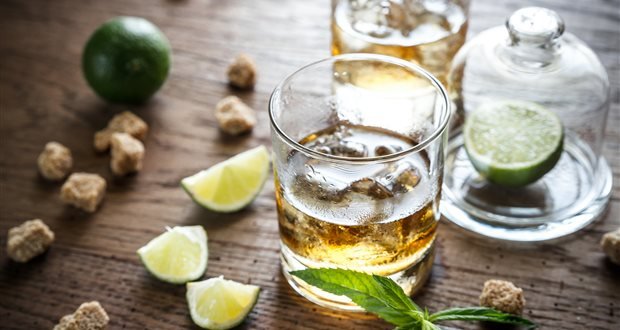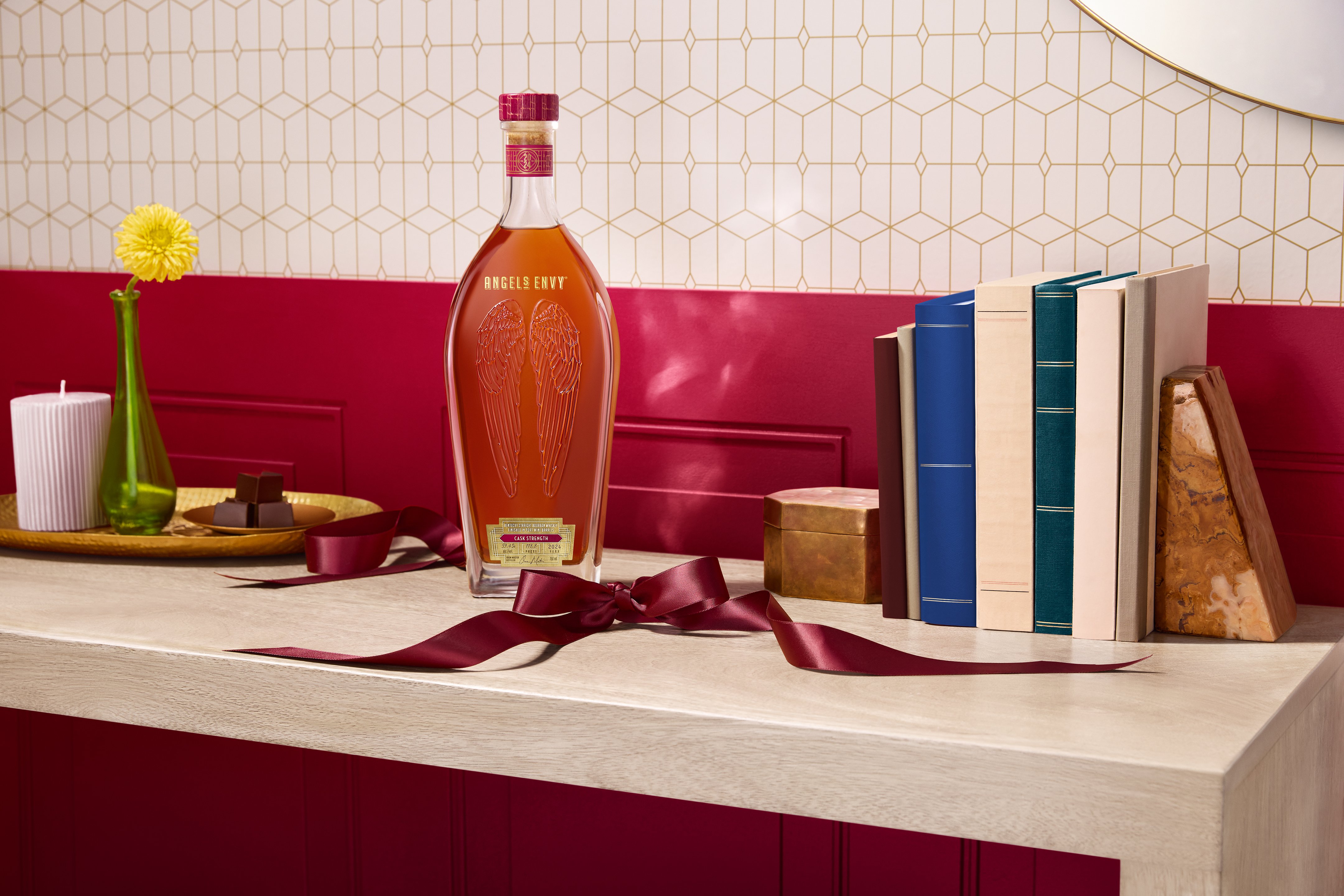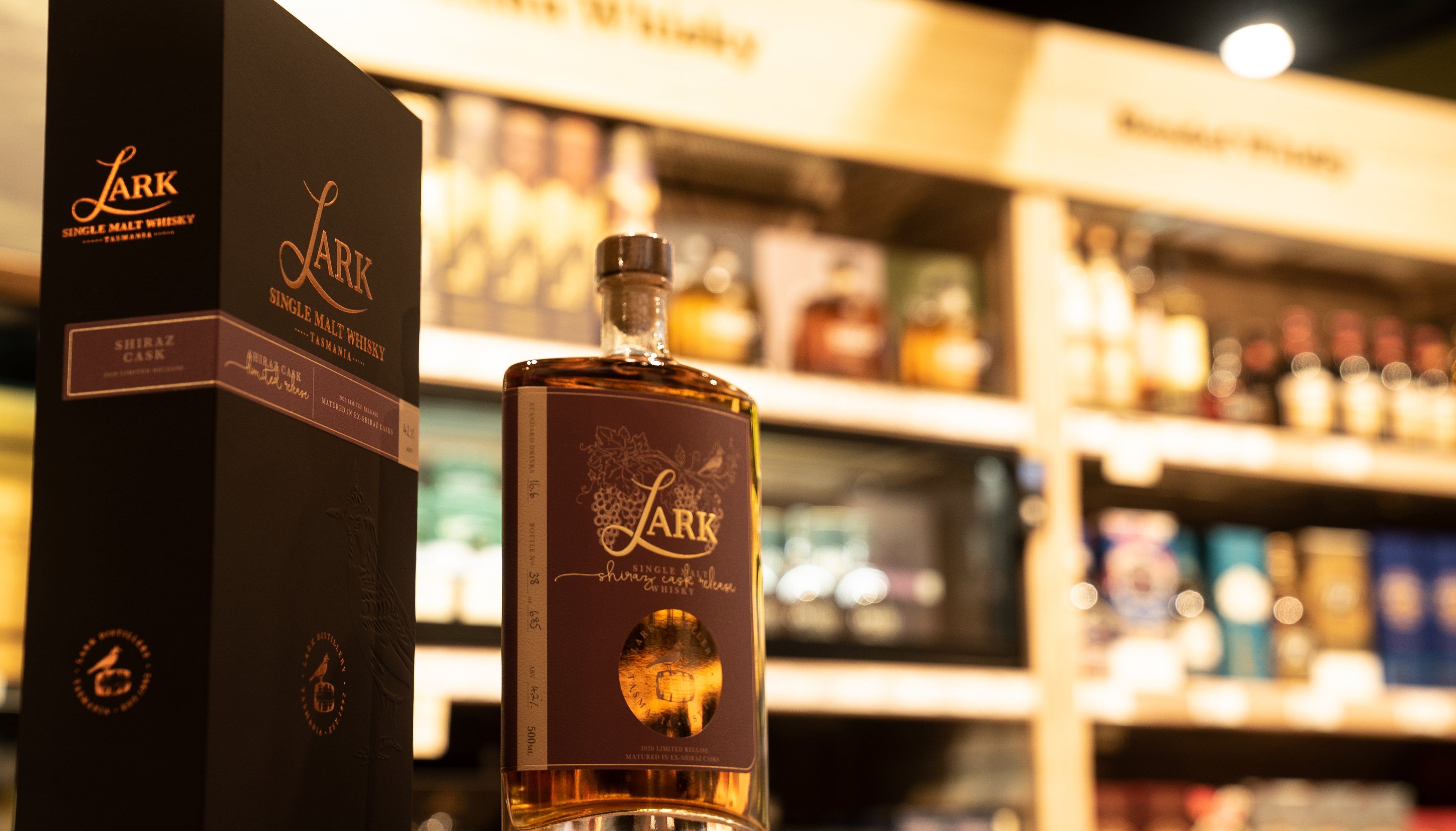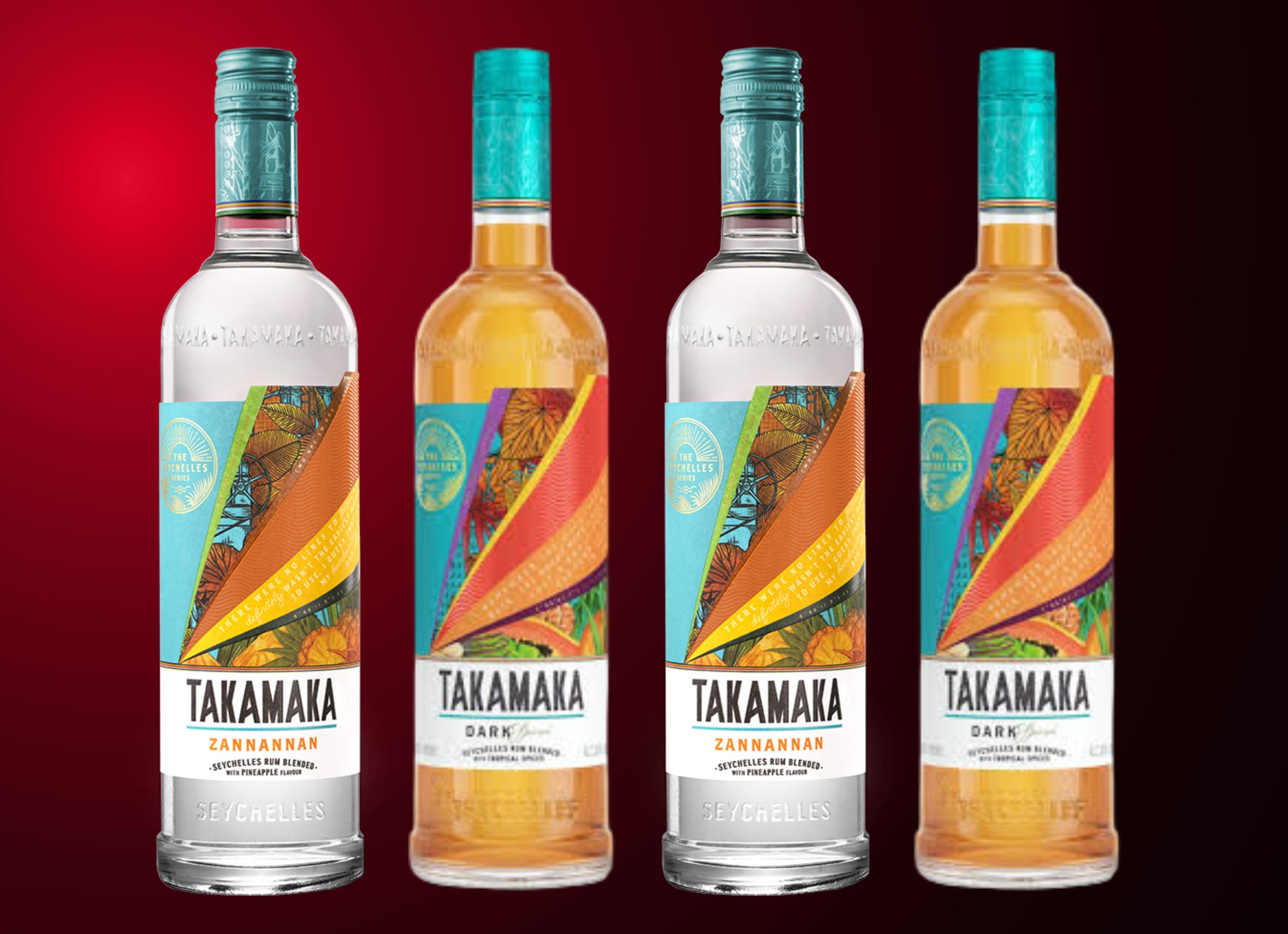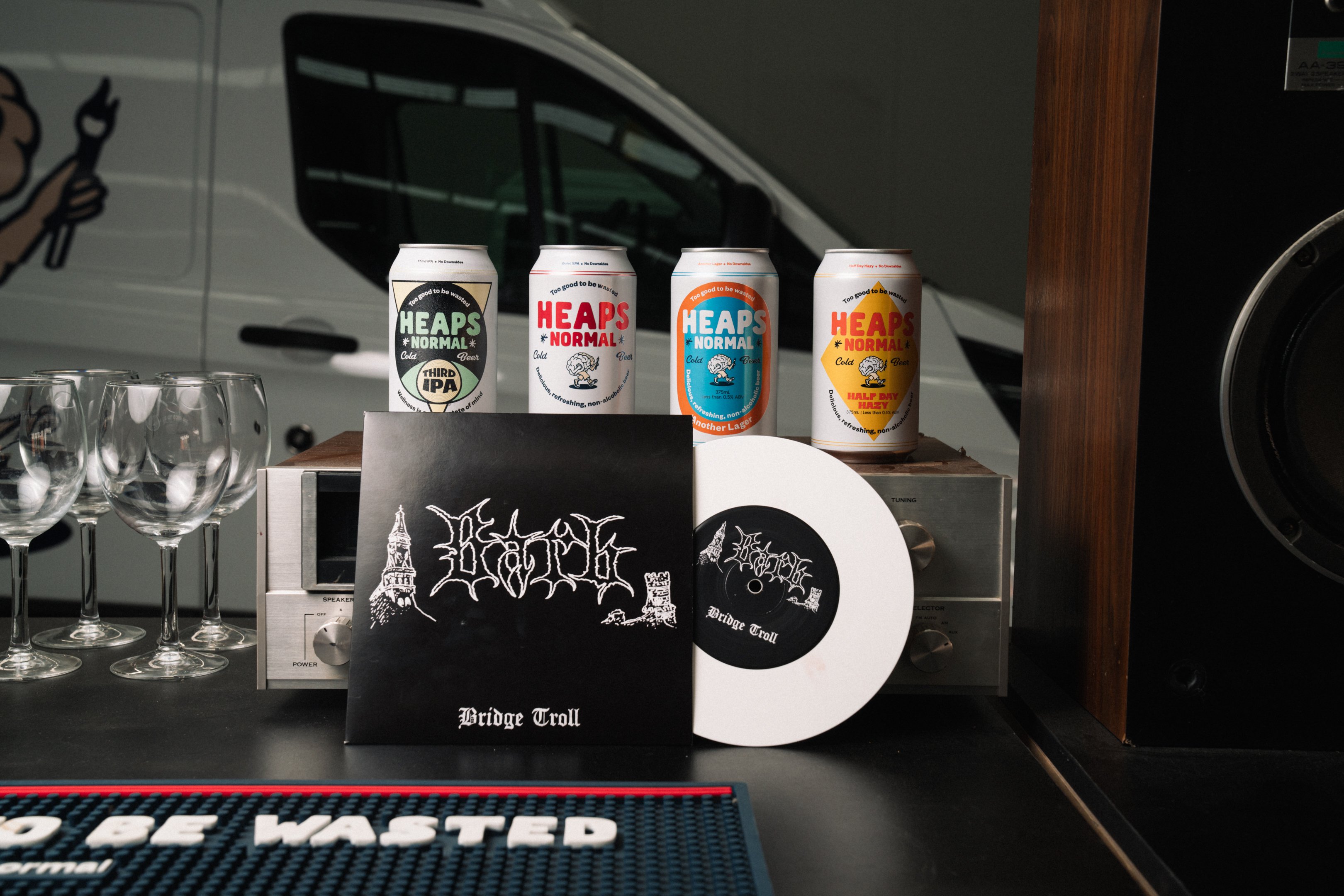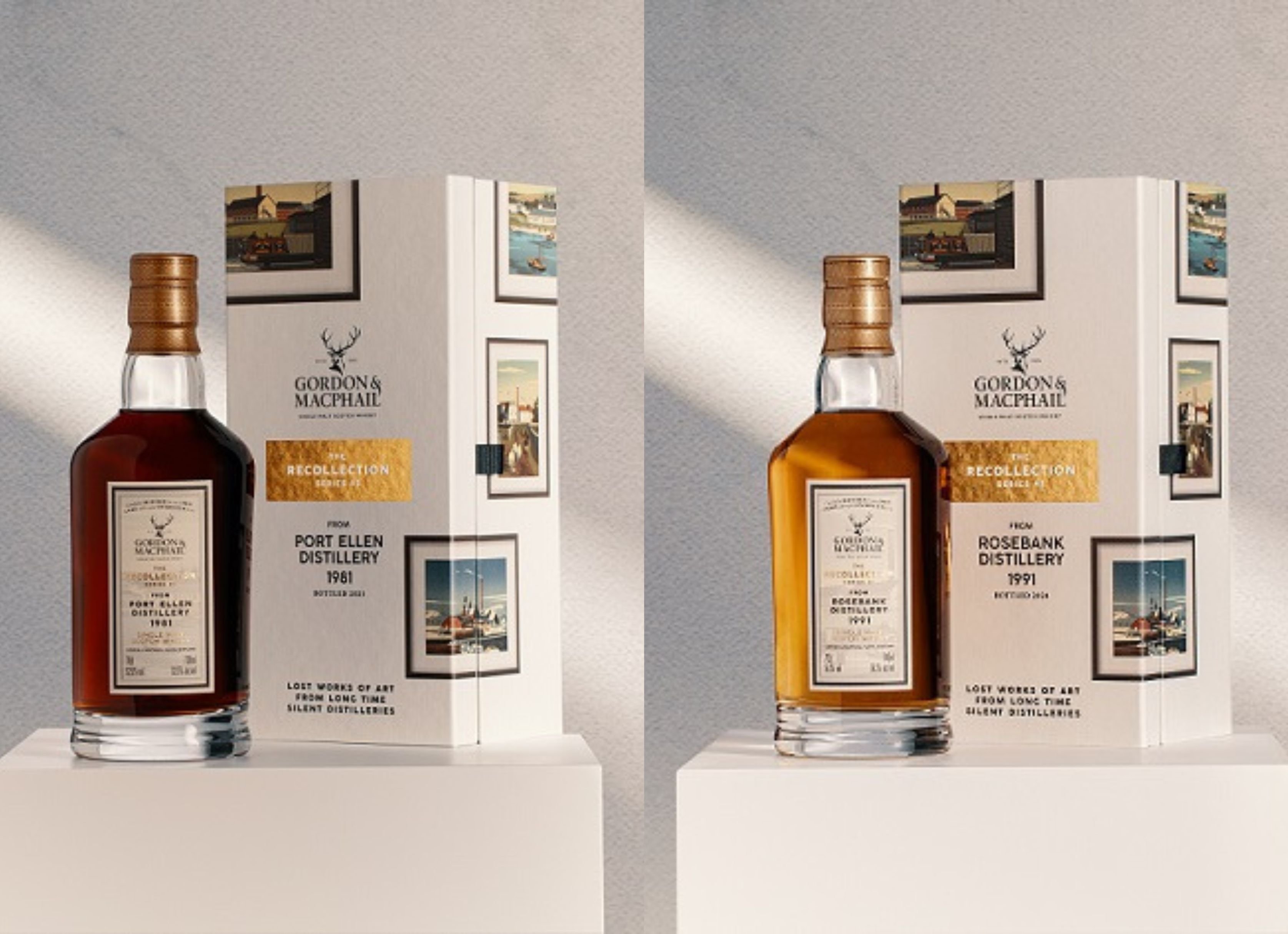Rum is one of the three great brown spirits, along with brandy and whisky, which accompanied the Renaissance and the age of discovery, while the three original rum-producing empires, England, France and Spain - all had a profound influence on the rum we drink today. The pre-history of rum can be traced back to Papua New Guinea, Australia's northern neighbour. It was here that rum was domesticated over 7,000 years ago.
By Chris Middleton
Known as the noble cane,
Sugarcane is one of the highest sources of sucrose in the world, with about 12-15
Europeans began to develop a sweet palate at the same time the three quintessential hot beverages arrived in Europe: coffee from the Levant, tea from China, and chocolate from the Americas – all of which required sugar to mask their bitterness.
So, Christopher Columbus took
The West Indies were quickly exploited by all the major European naval powers - the Spanish, Portuguese, French, English and the Dutch - who all seized colonies to grow sugar and later, coffee.
On the Brazilian coast, the Portuguese were probably the first to distill a
While the Caribbean, along with Central and South America, became the centre of rum production and remains so today, rum is made wherever sugarcane is grown - all in tropical climates and across the globe from the Americas to India, Asia to Africa and also in Australia.
Molasses can be shipped between tropical countries that lack a sugarcane industry and even cold-climate countries for distilling.
Five hundred years after its discovery, rum remains the world’s second most popular spirit; 60 countries produce rum at over 170 commercial distilleries, with another 30,000 small cachaça distilleries in Brazil.
What is rum?
So, what exactly is rum? Definitions vary by country. The accepted definition is: “distilled from fermented sugar juice, syrup, or molasses (under 95%ABV), possessing the taste, flavour and characteristics attributable to rum, with minimal age in wooden casks.”
Un-aged rum is termed cane spirit or aguardiente in Spanish, and much of the Brazilian cane spirit cachaça is unaged cane spirit. Because all cane spirits are distilled from sugarcane, they are categorised under the broad term - rum.
After cachaça, over 97 per cent of rum is made from molasses, a by-product of the sugar making process.
It is interesting to note that the first set of standards guiding rum’s distillation, including a rule for maturation, were developed in Australia back in 1906 to protect local distillers from inferior imports - that the spirit - “must be stored in wood for a period of two years” - indicated Australian distillers and drinkers knew age mattered for mellowing, smoothness and drinking pleasure.
Rum is arguably the most versatile of all spirits; it is manufactured as white, gold, dark, spiced, and can be found in many flavoured varieties.
It can be drunk straight, mixed with carbonated beverages and blended with anything from milk to spices, fruits or other liquors. Since its discovery, it has undergone adaptations, improvements and many reinventions; such is the versatility and popularity of rum.
Share the content
